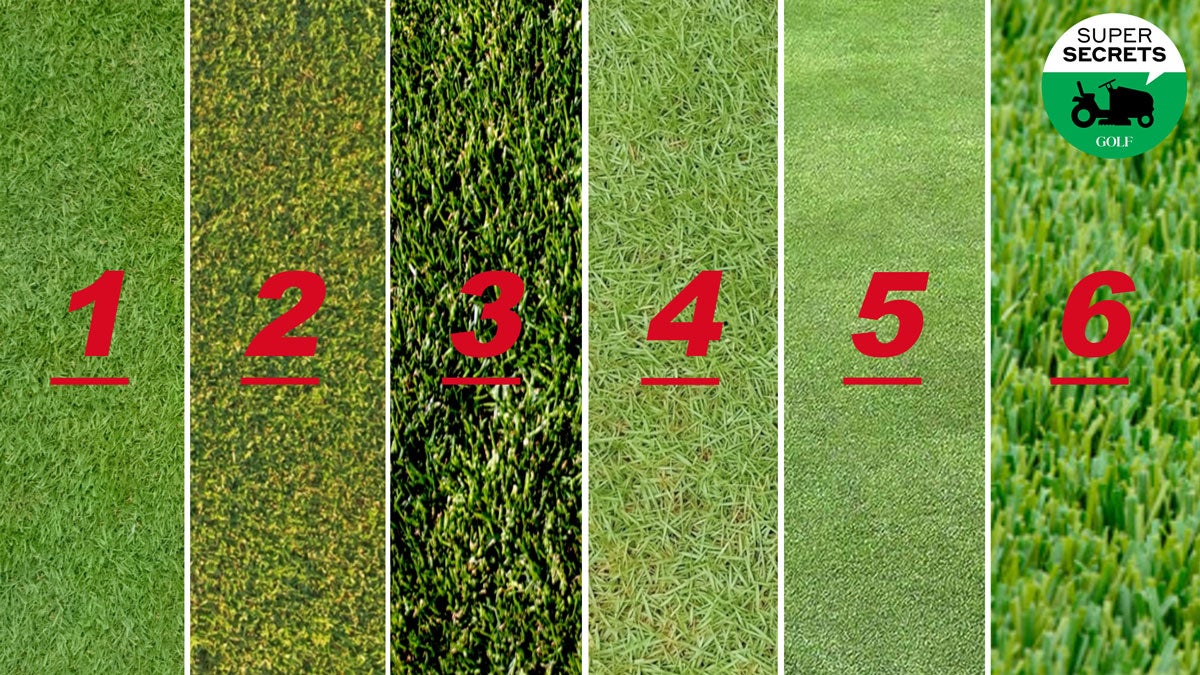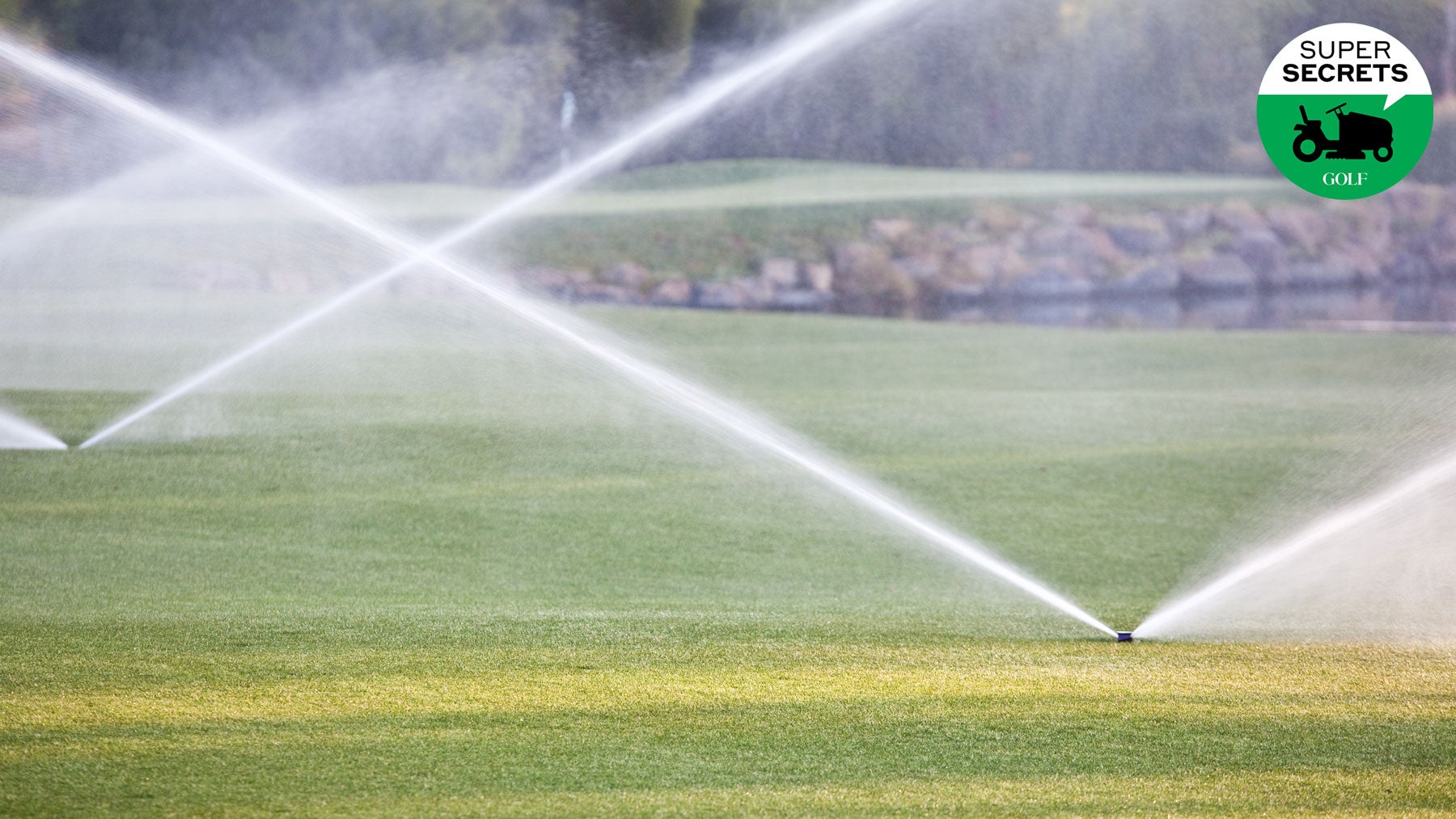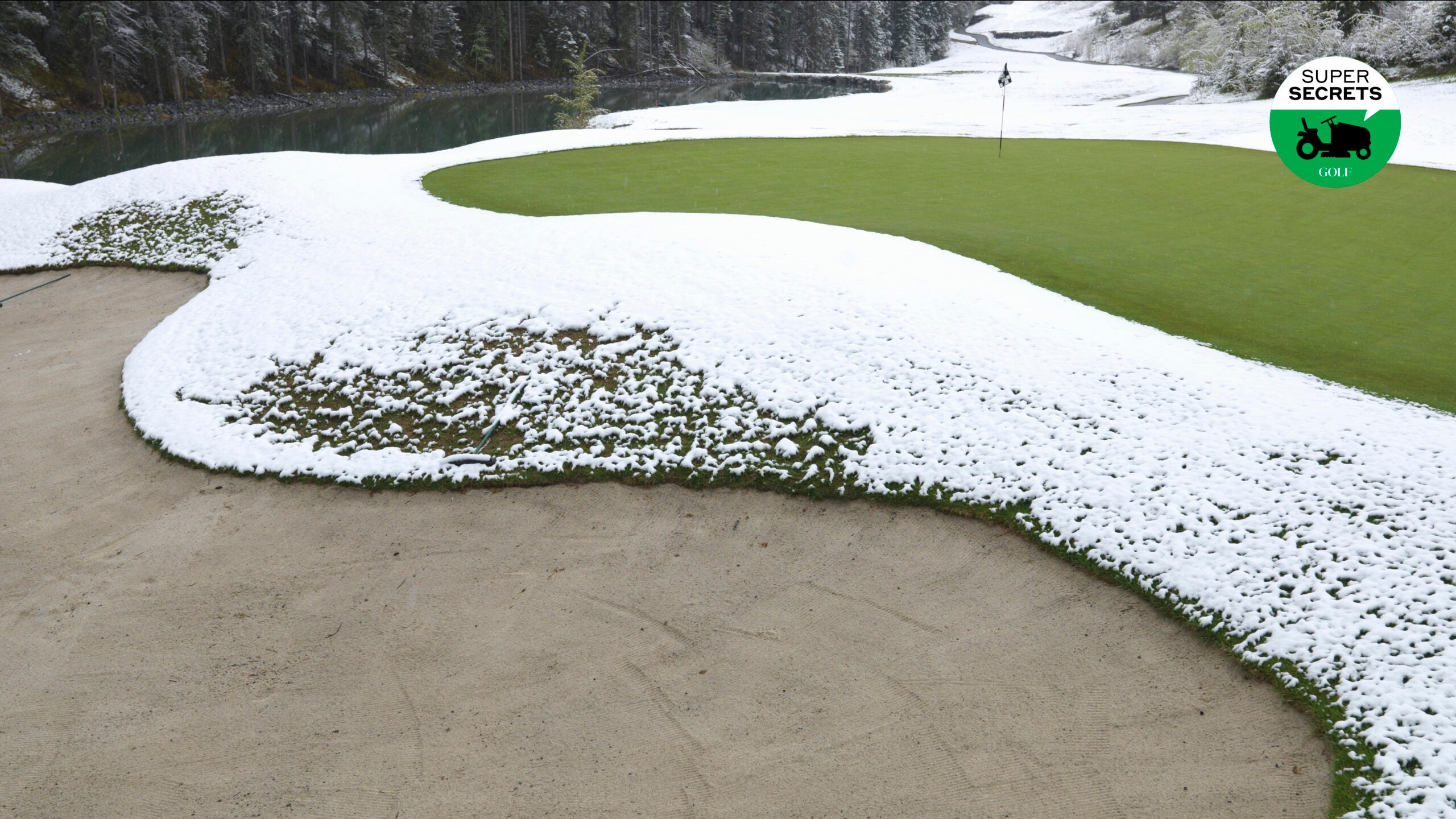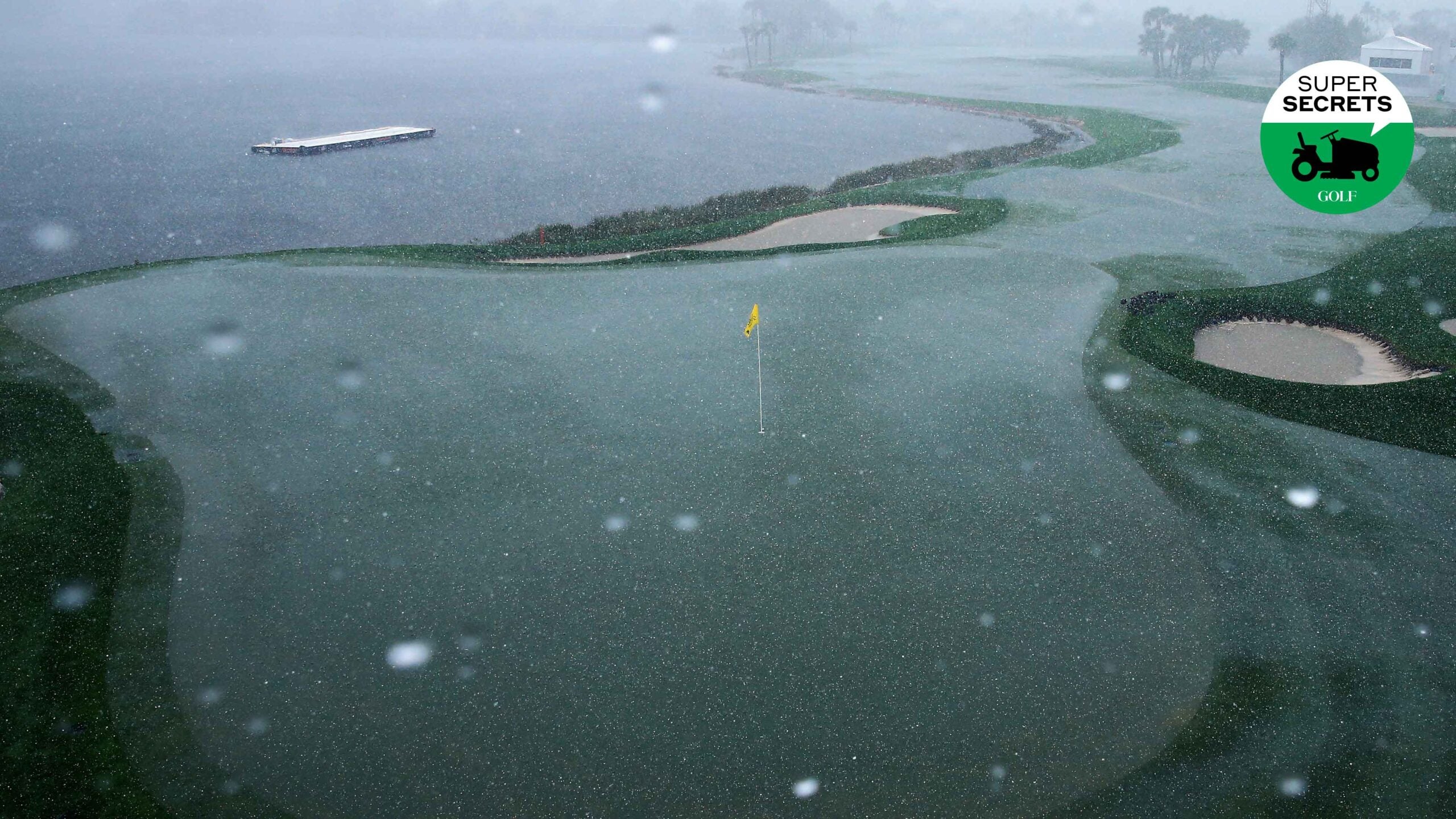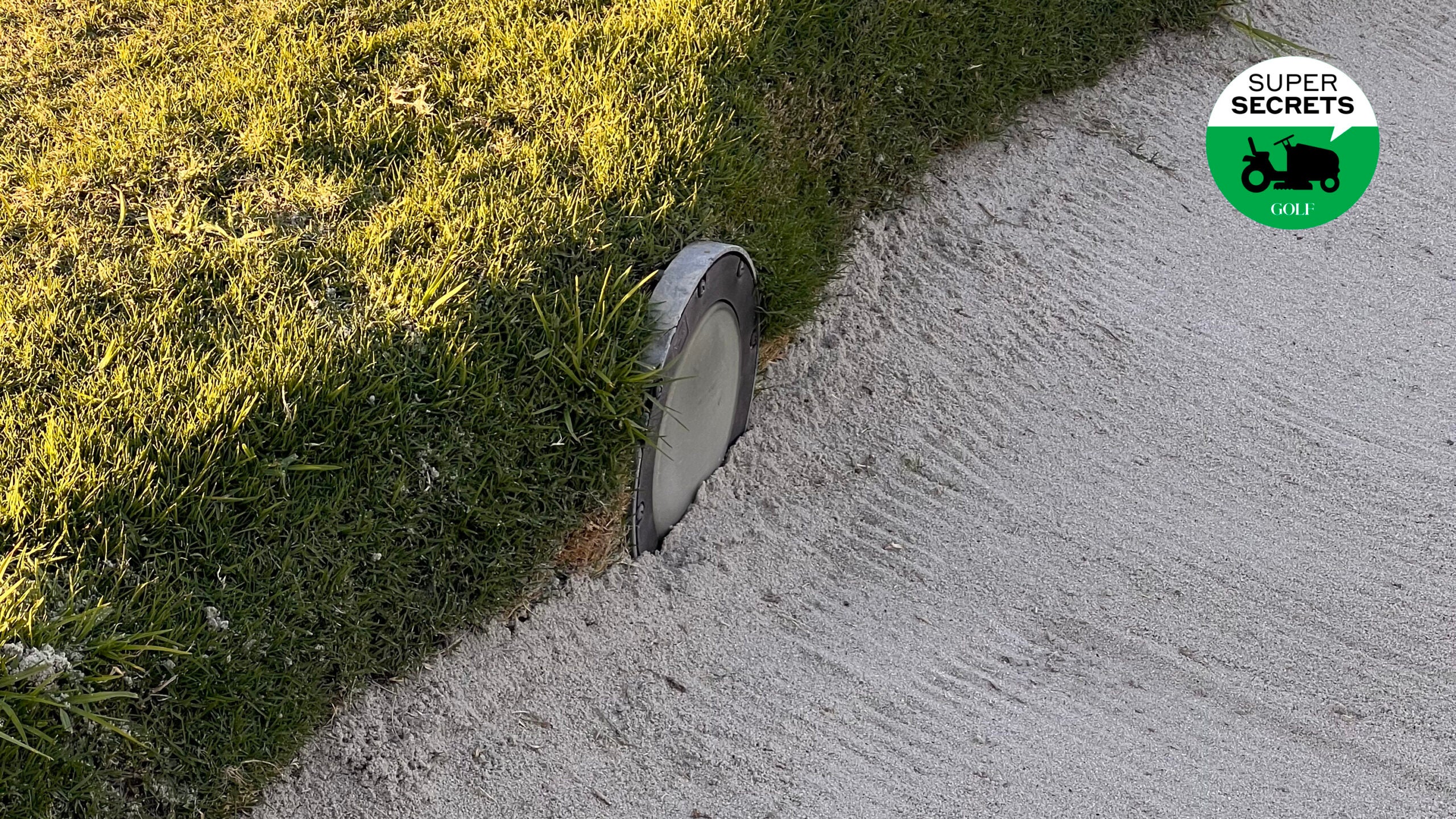The secrets to mulching like a pro, according to a golf-course superintendent

Here's everything you need to know about laying down ground cover.
getty images
Got mulch?
If so, you might be pondering a host of questions. When is the best time to lay it down? Where and how should it be applied? Are there any hard-set guidelines for its use? Sigh. As if you’re not busy enough already with springtime yard-care tasks.
Don’t fret. Like a scattering of ground bark, Joe Kunze has got you covered. He’s the manager of golf course operations for the city of Arvada, Colo., and a member of the Golf Course Superintendents Association of America.
We made the asks. He provided answers, thank you very mulch.
The best time to mulch
Spring and fall are the two prime seasons, and each comes with pros and cons. According to Kunze, the advantages of spring spreading are that the mulch “color is fresh, and there’s an opportunity to get a pre-emergent down and then cover with mulch for weed suppression.” Mulch also helps soil retain moisture.
On the downside, mulch needs time to settle, and there’s always the risk of it getting washed away by springtime rains. On top of that, the very task of spreading mulch, which is almost always done by hand, can be time-consuming, and can distract from other more pressing seasonal tasks.
As for fall spreading, the advantages are that it protects plants from winter damage and desiccation. On the flip side, mulch applied too thickly can provide a winter home for voles and other rodents in areas where you don’t want them to take up residence.
Watching the weather
At any time of year, high winds and heavy rains can wash away or scatter mulch, undoing all the effort you just put in. So, keep an eye on the forecast. As an additional safeguard, there are products on the market that “lock” or “glue” mulching into place, but that’s more time and money than you might not want to spend.
How to choose mulch
By definition, mulch is “a layer of material (usually organic) applied to soil.” That’s another way of saying that there are lots of kinds of mulch, available in different sizes, textures and colors. Often, the choice boils down to aesthetics. Do you like the look? Does it match the overall landscape design?
But chemistry also comes into play. Certain mulches can effect soil pH levels (pine straw, for instance, has an acidifying influence), so you’ll want to know if the plants in your yard are suited to the soil environment you’re about to create. A conversation with an expert at your local yard-care store should do the trick.
How much is too much
Mulch is like schtick. Best not to lay it on too thick. Somewhere in the range two to four inches is ideal, Kunze says. Once the mulch starts to settle or decompose, you may need to add more to get it back to the desired level.
The down low on landscape fabric
There’s a lot to like about landscape fabric, especially when it comes to weed control. But, Kunze says, for the sake of any nearby plants and ornamentals, “it’s important that the fabric is permeable and can let water through.” Less permeable plastic weed barriers are better suited for rock gardens and other landscapes where water infiltration is not as vital. Because landscape fabric isn’t nice to look at, keep it covered in at least two inches of mulch, and make sure that the fabric has been properly stapled so that it doesn’t buckle or rise into view.
Leaving room around trees and shrubs
Plants are no different than the rest of us. They need breathing room. If you layer too much mulch immediately around them, Kunze says, you run the risk of keeping them too moist, which leaves them vulnerable to rot and decay. A good safeguard, Kunze says, is to have less than two of inches of mulch near the base of any tree or plant “to keep the space available for air flow.” You can layer the mulch more thickly as you move farther away.
Keeping clean
Mulching can be dirty work, especially if you’re using dyed mulch, which can stain your clothes as well as any concrete or other hardscaping it touches. As a preventive measure, Kunze recommends applying natural mulch at the desire depths in the desired locations, and then using a spray-on colorant to get the hue you want.

